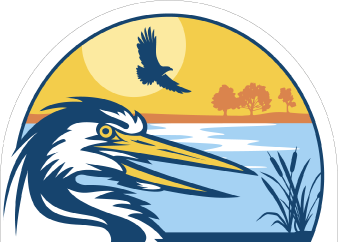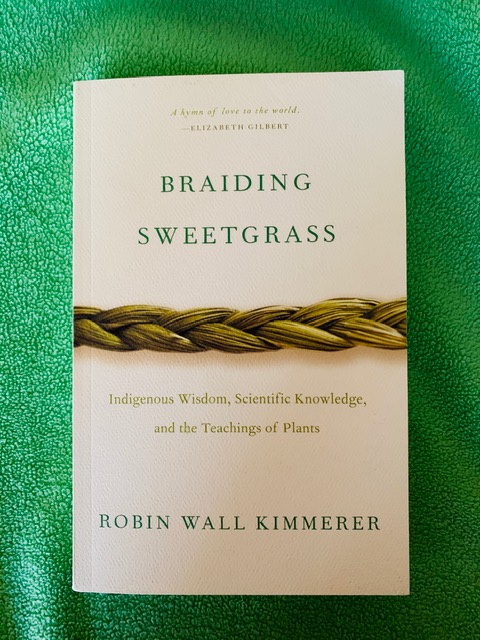
As a young girl, Robin Wall Kimmerer collected shoeboxes of seeds, and piles of pressed leaves. She often would stop her bike along the road to identify a new plant species. Plants even colored her dreams. So years later when her college adviser asked her why she wanted to study botany, she had a well-planned answer. She told him she already knew some of the plants and their habitats; she had thought deeply about their nature. She said she chose botany because “ I want to learn about why asters and goldenrod look so beautiful together.” Her adviser, a professor of botany, told her, “It’s not science….if you want to study beauty, you should go to art school.” He told her science is not about beauty, not about the embrace between plants and humans. In spite of his advice, she is now a Professor of Environmental Science at SUNY Syracuse. Robin is a member of the Potowatami Nation and listens with humility to the stories and wisdom of the ancestors, the original inhabitants of our country. Living on what was once Onondaga land, she explores the countryside surrounding her home with her eyes wide open and all her senses alert.

The Iroquois National Wildlife Refuge is situated on land originally inhabited by the Haudenosaunee Nation of Indigenous people. The Haudenosaunee Confederacy, formed at Onondaga Lake, included the Seneca, Cayuga, Oneida, Onondaga, Mohawk and later the Tuscarora tribes. Their love of the land, infused with gratitude and humility, helped them to live in relationship with all living things. Robin In the very first chapter of this book says, “… for all of us becoming indigenous to a place means living as if your children’s future mattered, to take care of the land as if our lives, both material and spiritual, depended on it.” Where our culture often thinks of land as real estate, capital, or property, to Indigenous people it was everything: identity, the connection to ancestors, the home of their non-human kinfolk, their pharmacy, their library. To Indigenous people… the land was sacred ground.
Click here to become a member!
Click here to donate!
Sweetgrass is the centerpiece of this book. Some Indigenous communities give sweetgrass braids as gifts, to honor, to say thank you, to heal and to strengthen. The three braids represent the unity of mind, body and spirit. Robin sees botany experiments as conversations with plants. Plants answer questions in their physical responses and behaviors, by the way they live and by how they respond to change. She says, “Experiments are not about discovery but about listening and translating the knowledge of other beings”. After learning about sweetgrass, one of Robin’s students, Laurie, chose an experiment based on questions about the sustainable harvesting of sweetgrass. First ,she got to know her subject by visiting a sweetgrass meadow, then proposed her experiment scientifically with multiple study sites, many replicates, and intensive sampling techniques. The sweetgrass taught Laurie that if it is collected properly with respect, the harvesting stimulates growth and sweetgrass thrives. If none is harvested it declines. Laurie’s experiment proved the teachings of the elders…never take more than half, and … people play a role in ensuring sweetgrass survival.
Throughout the book, Robin tells stories told by Indigenous people, stories forged with love and gratitude for the gifts of the land. The stories were sometimes warnings …. take only what you need respect the land, and use what you take. Windigo, the legendary monster of the Anishinaabe people, with a heart made of ice and consumed by consumption, lays waste to humankind. Windigo is the name for that within us which cares more for its own survival than anything else. The lesson: See the dark, recognize its power, but do not feed it. The question posed by Robin: Have multinational corporations spawned a new breed of Windigo that insatiably devours the earth’s resources “not for need but for greed”? Ojibwe scholar, Basil Johnston, suggests the answer is yes.
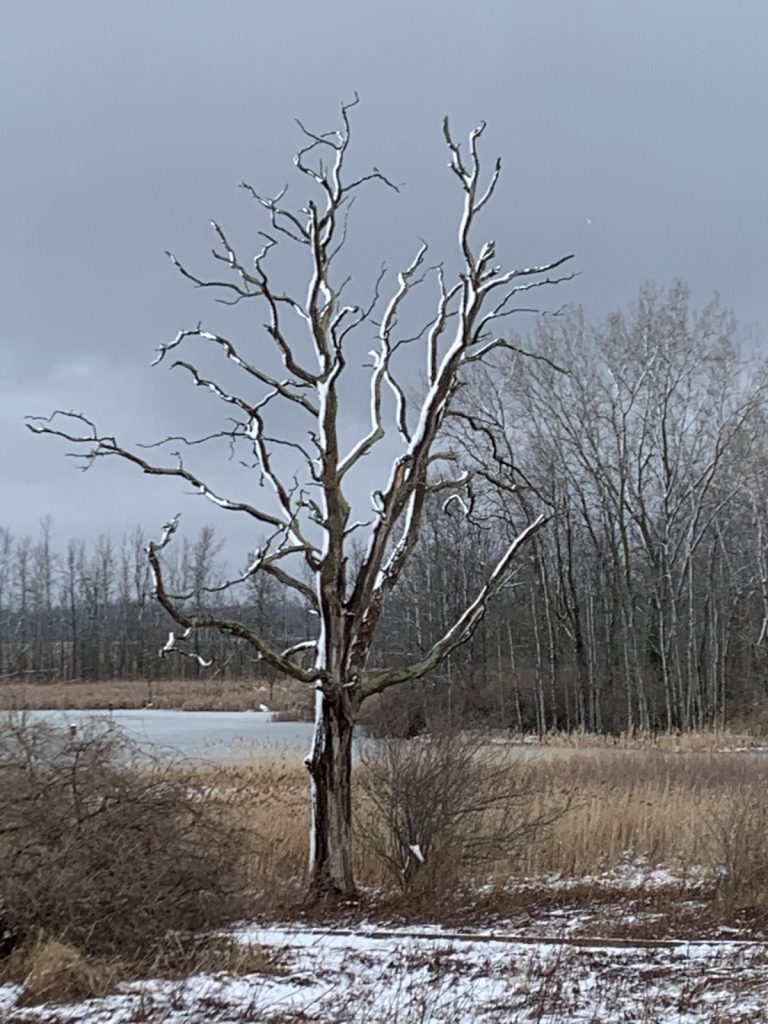
Stories inspire action; they far outrun facts. Robin’s personal stories of mothering her daughters, attending the ceremonies of the Potawatomi nation, gathering sweetgrass with the elders while listening to their wisdom, cleaning the pond near her home……reinforce the ideals of respect, reciprocity and responsibility. She suggests we adopt a Bill of Responsibilities to preserve and protect our land and future generations.. Her words could be the preamble: “The moral covenant of reciprocity calls us to honor our responsibilities for all we have been given, for all we have taken……Let us hold a giveaway for Mother Earth…..Whatever our gift, we are called to give it and to dance for the renewal of the world. In return for the privilege of breath.”
The Haudenosaunee Thanksgiving Address, given to remind the people to greet and give thanks to the natural world whenever they gathered, begins with these words:
“Today we have gathered and we see that the cycles of life continue. We have been given the duty to live in balance and harmony with each other and all living things. So now, we bring our minds together as one as we give greetings and thanks to each other as people”.
Haudenosaunee Thanksgiving Address
And in turn they thank the Earth Mother, the Waters, the Fish, the Plants, the Medicine Herbs, the Animals, the Trees, the Birds, the Four Winds, the Thunderers, Grandmother Moon, the Stars, the Enlightened Teachers, the Creator. The response to each thanksgiving is … “Now our minds are one.” (Read the full Thanksgiving Address here.)
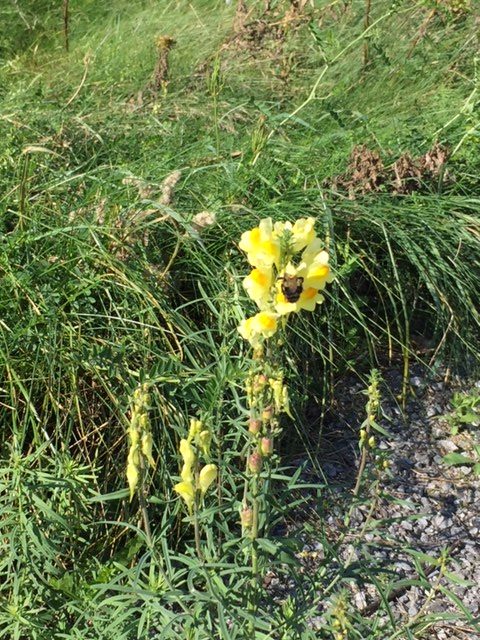
When people ask Robin what she would recommend to restore the relationship between land and people, her answer is almost always “plant a garden”. It’s good for the health of the world and it’s good for the health of people. A garden nurtures connection; the soil cultivates practical reverence. She goes on to say, “The most important thing each of us can know is our unique gift and how to use it in the world.” This prompts questions: What is my gift? How will I use it for the good of the world? These are good questions to ponder … followed by more questions: What action will I take so that the whole can flourish? How can I help preserve and protect all of life? I know some things I will do.. I will take less, reuse and recycle more, and work to elect legislators and leaders who make ecology a priority.

This book is filled with wisdom, beauty and science. Robin shares many truisms throughout that when paired with action, may help us all to flourish along with our fragile planet. Here are just three:
- Through unity, survival. All flourishing is mutual.
- The more something is shared, the greater its value becomes.
- Listening in wild places, we are audience to conversations in a language not our own.
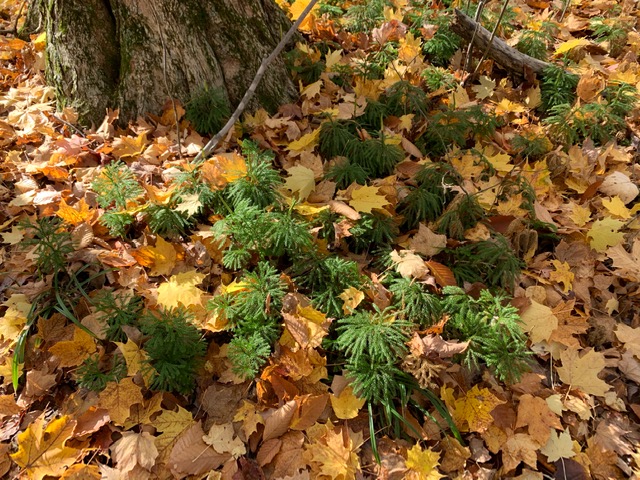
My late husband, Ray, loved INWR …. we hiked its trails in all seasons. An avid gardener and composter, he started our family recycling in the 1970’s when it was not convenient in Queens, NY. We were concerned about the waste we produced and wanted to do our part to preserve the earth for our children and grandchildren. To honor his memory, I gave my family this book. I told my three teenage grandchildren that I hope they have life science teachers like Robin Wall Kimmerer, who teach not only with facts and information, but with love, gratitude and humility for the gifts of the earth and all of life…“for the privilege of breath”. My hope is that as we walk the trails together we will listen with “Haudensaunee hearts” and see beauty through eyes of awe and wonder.
Click here to see my review of another Robin Wall Kimmerer book: Gathering Moss.
